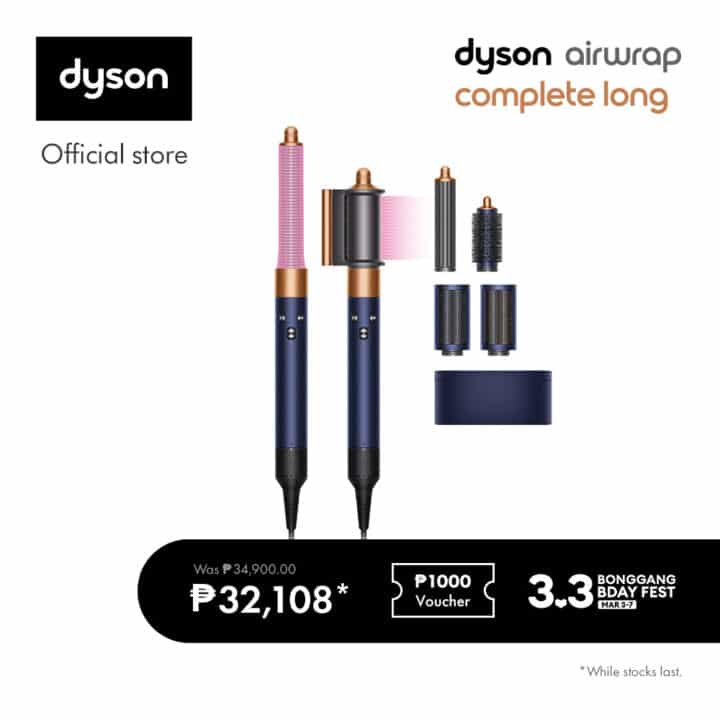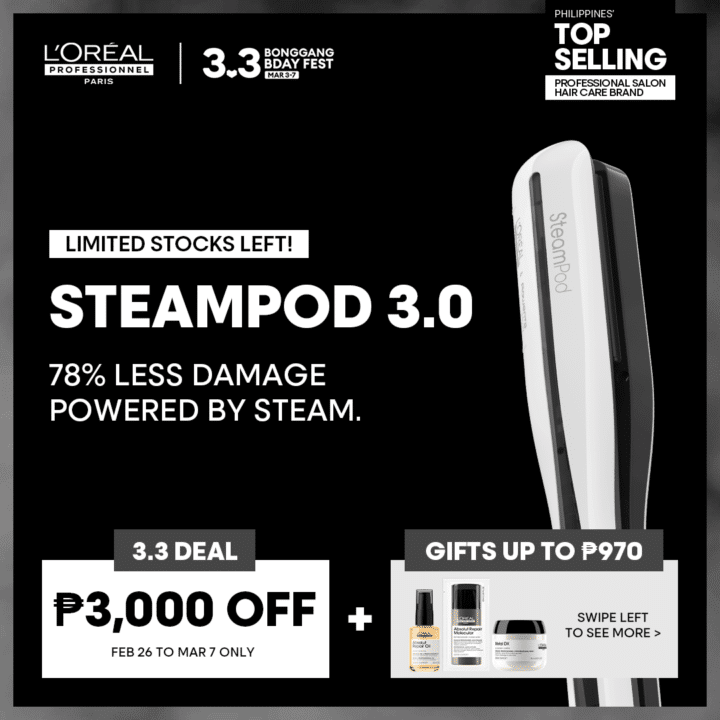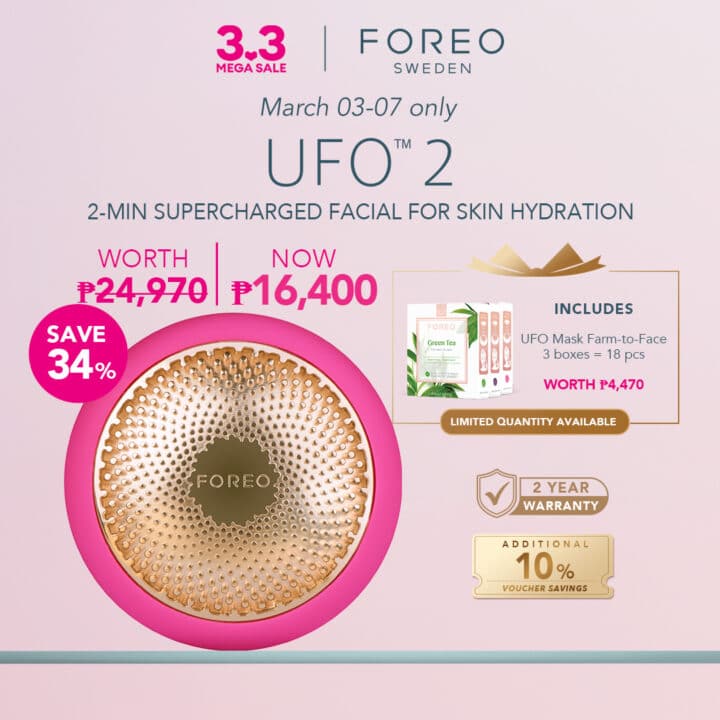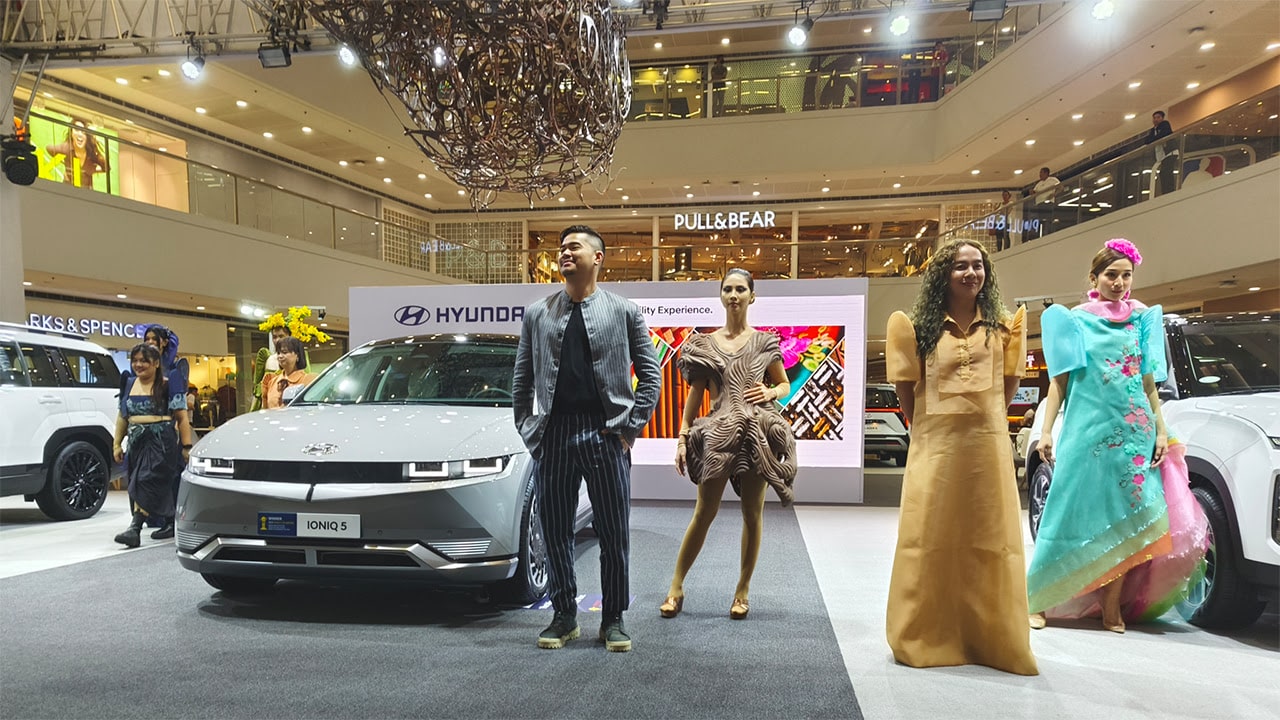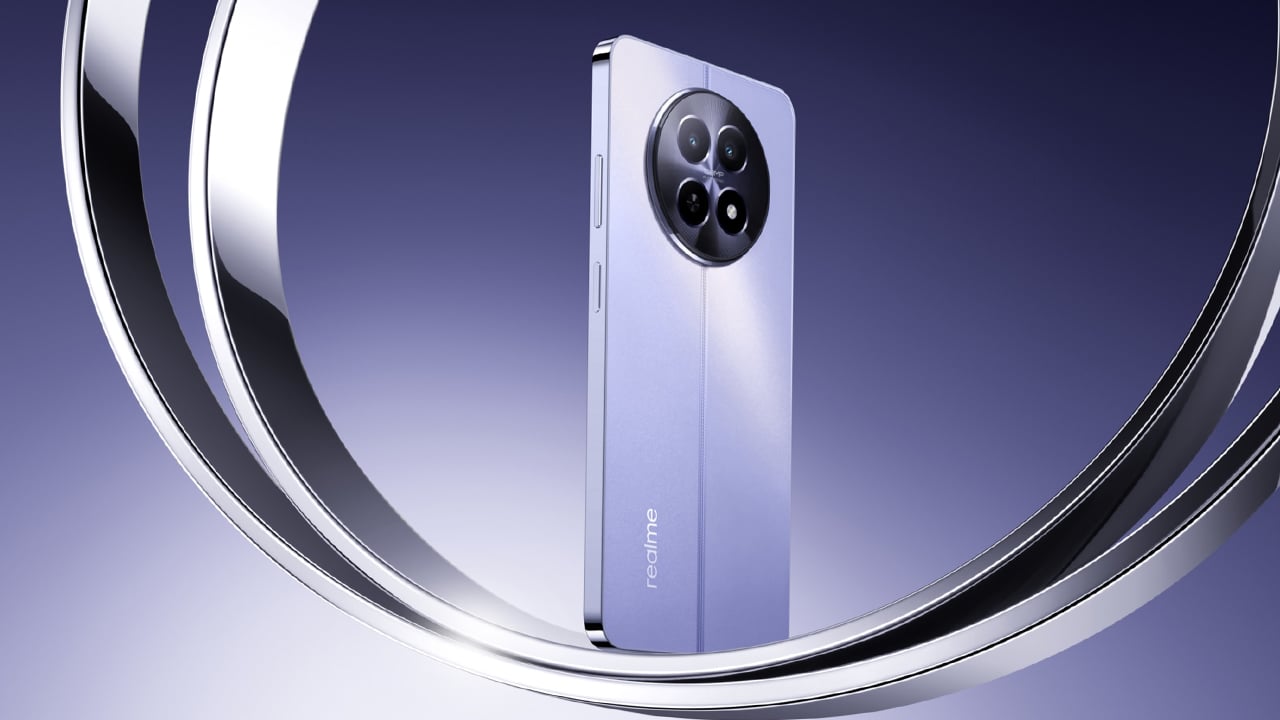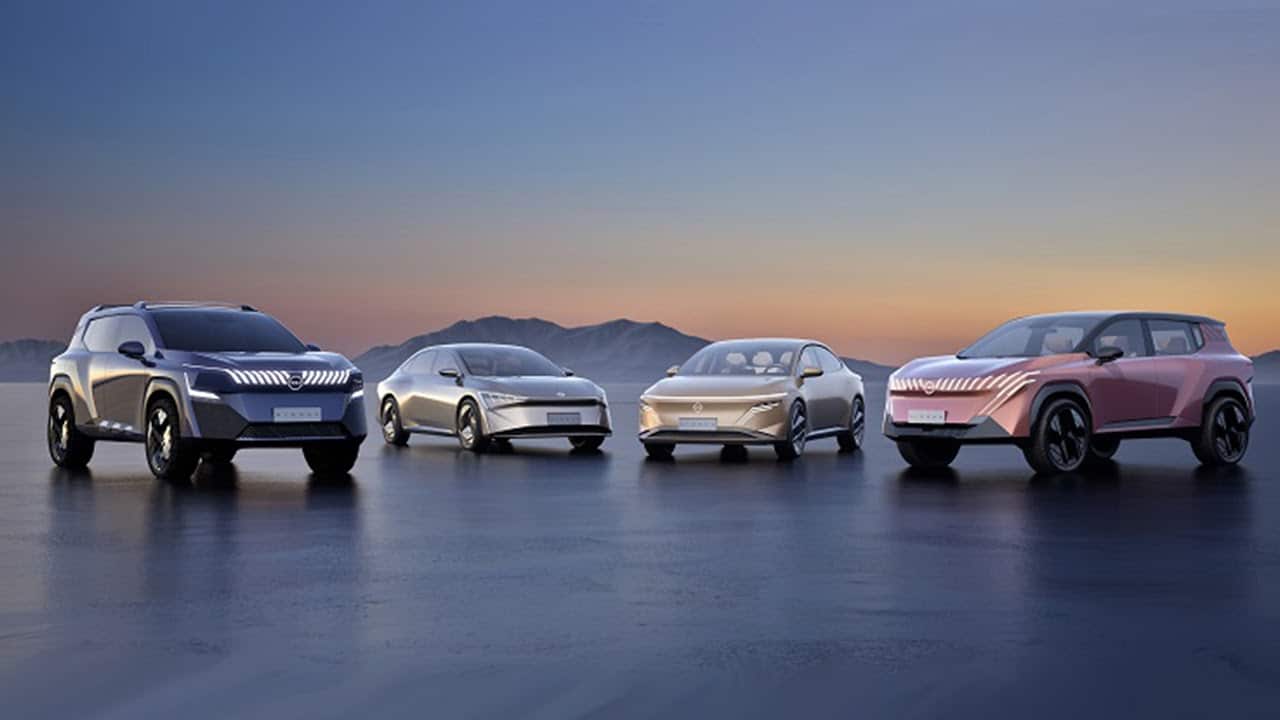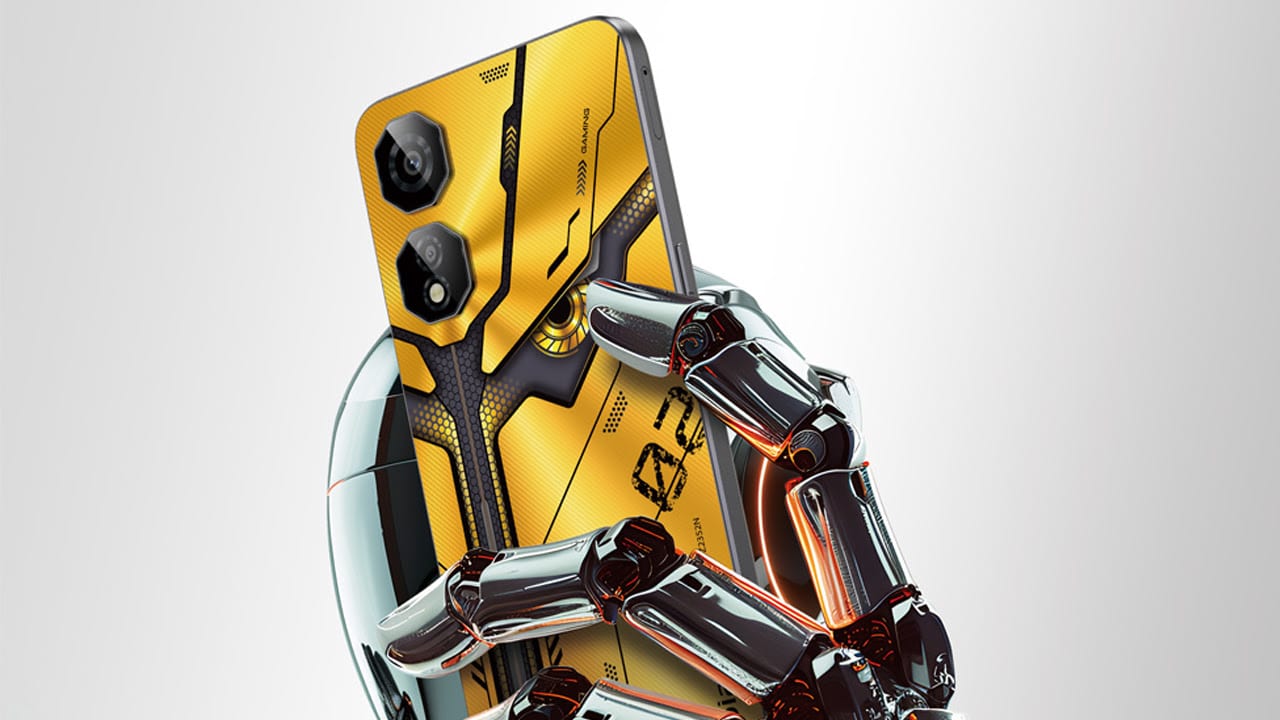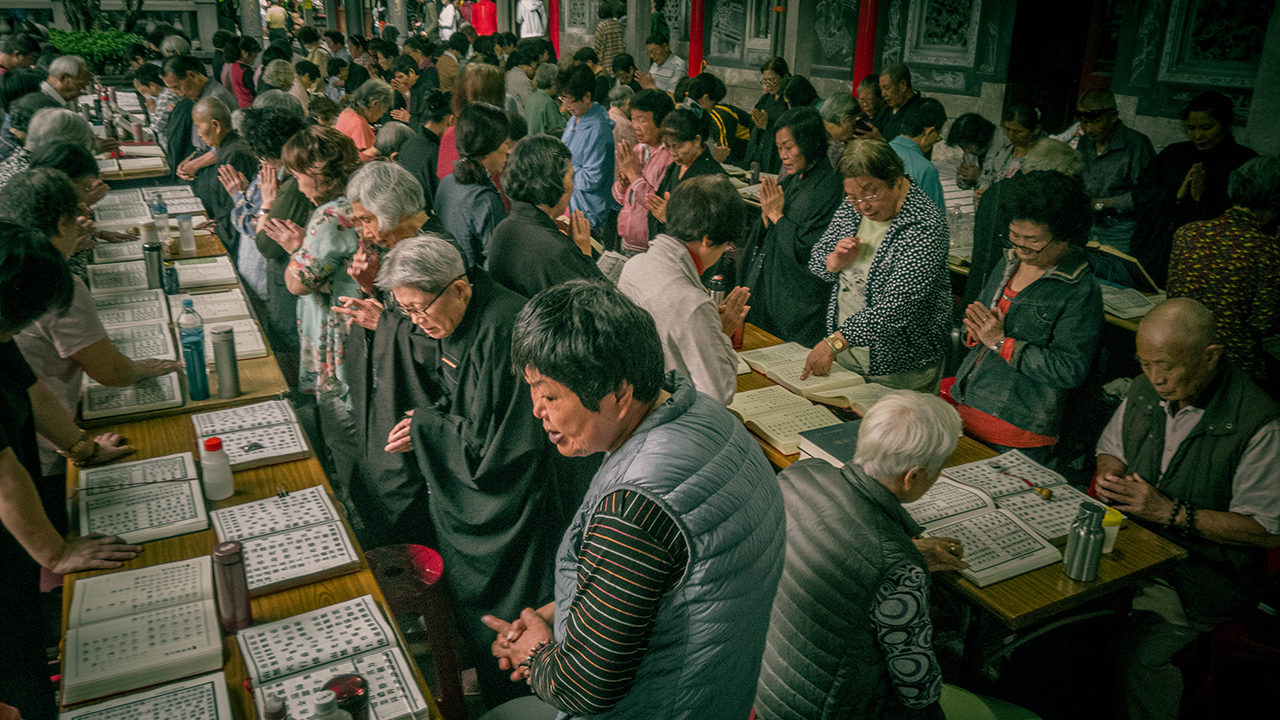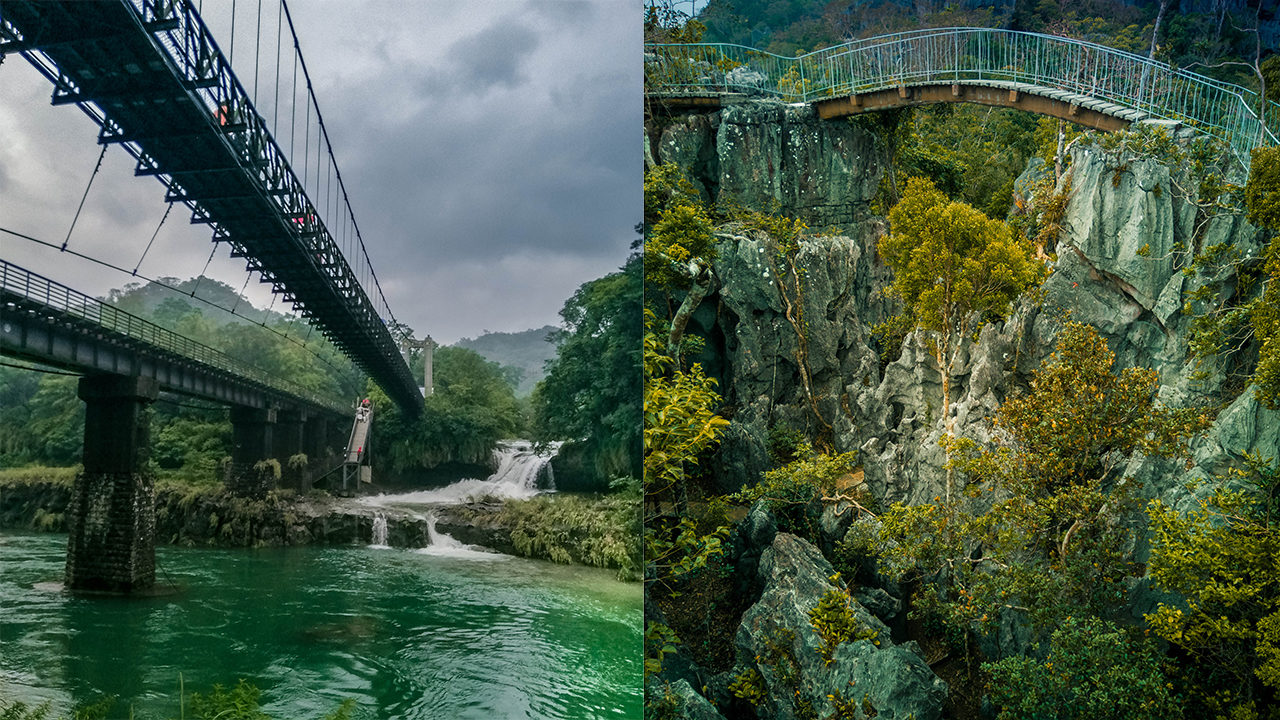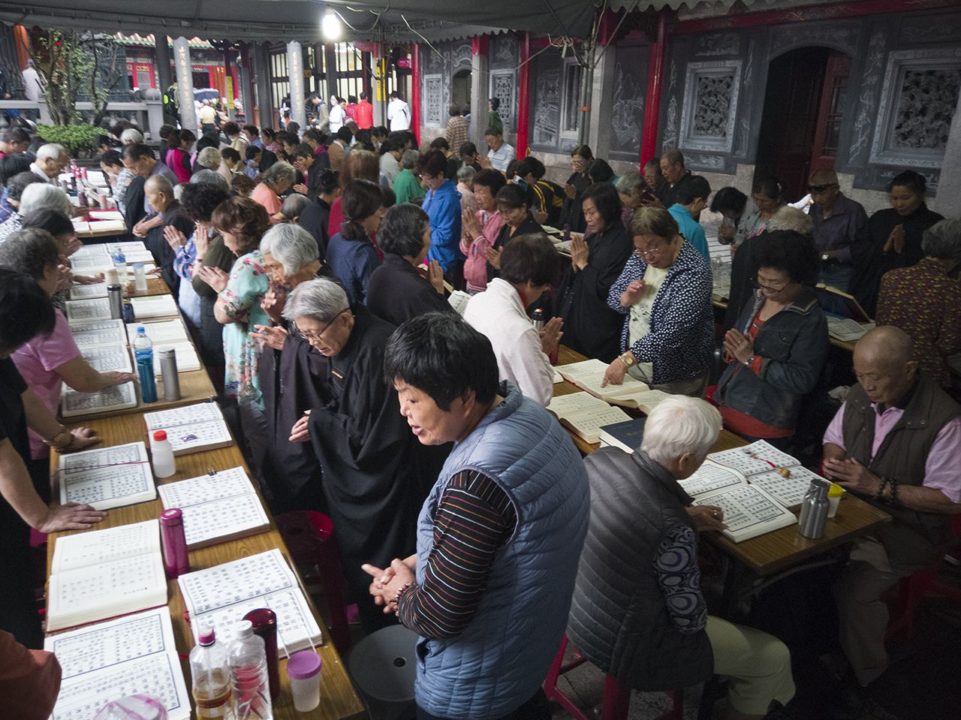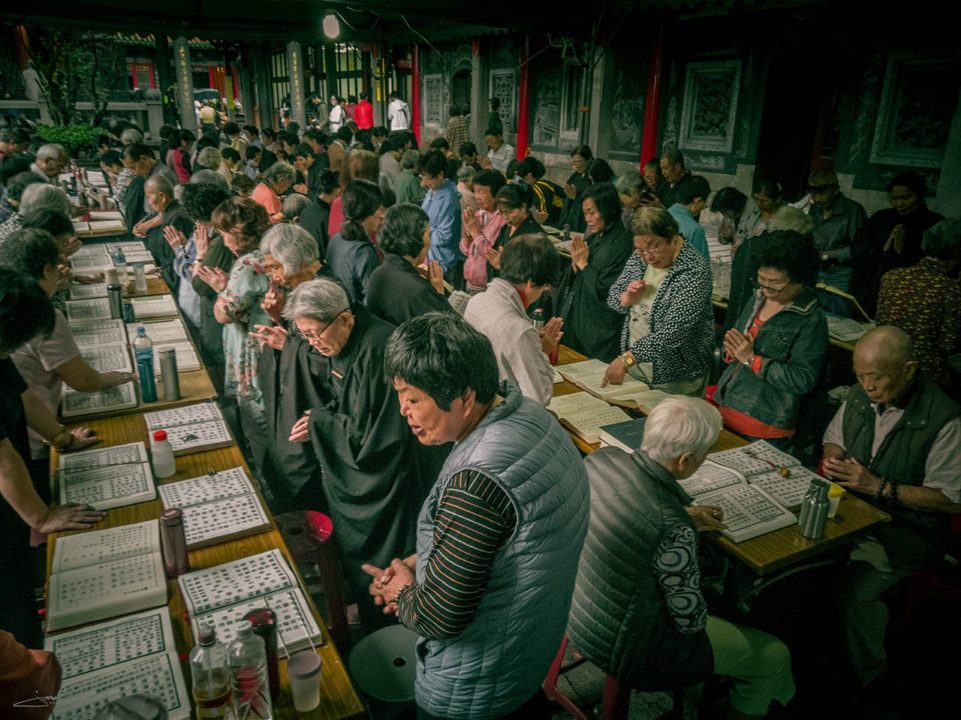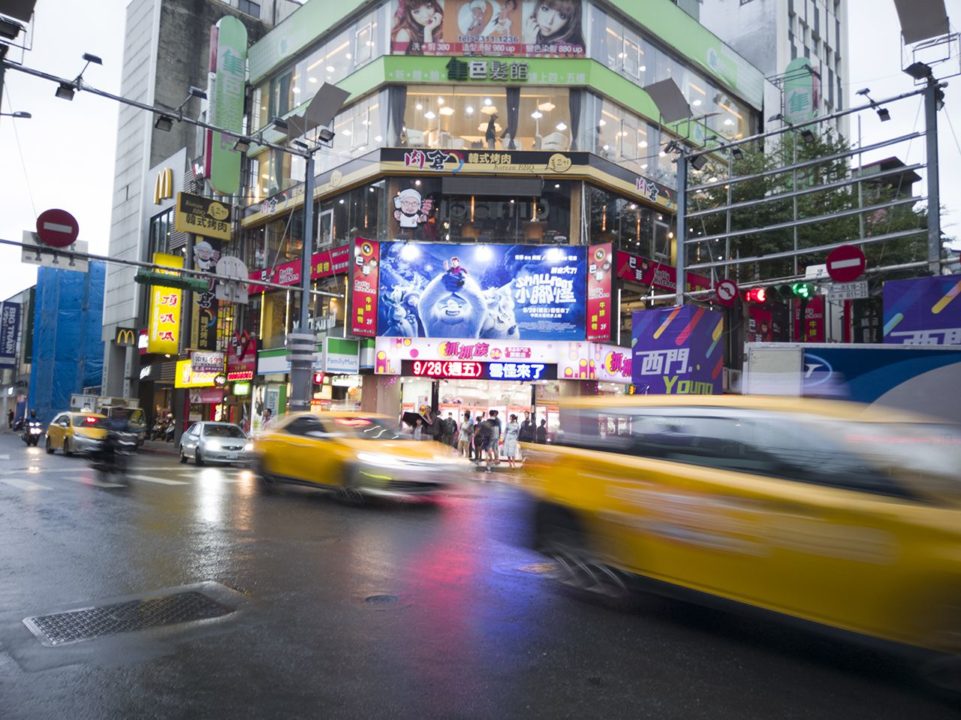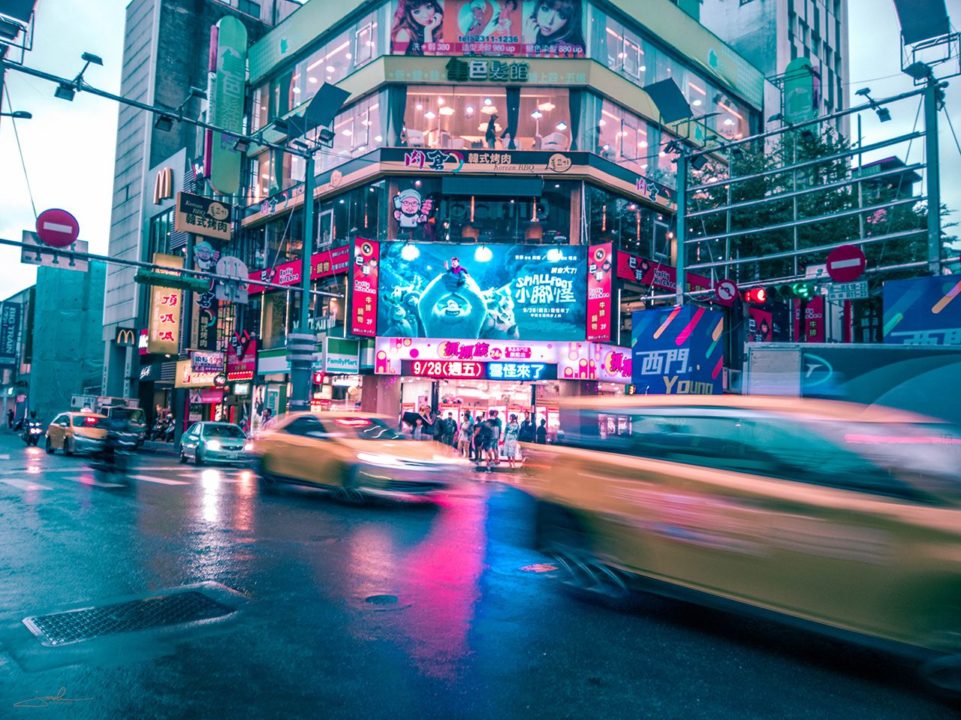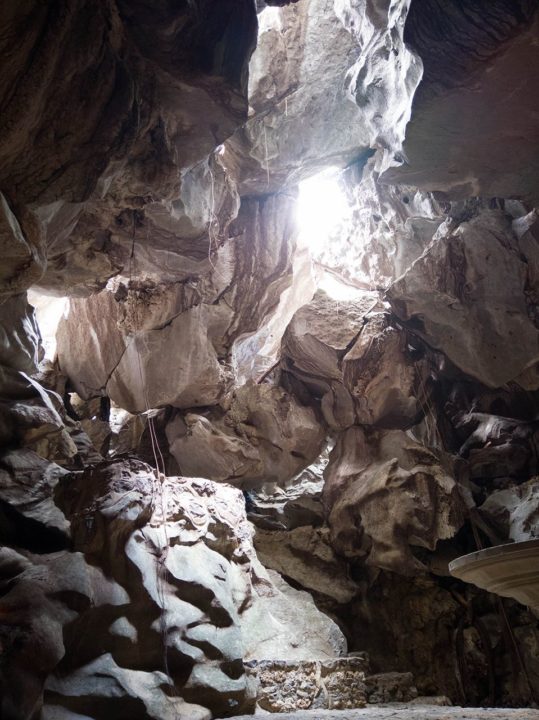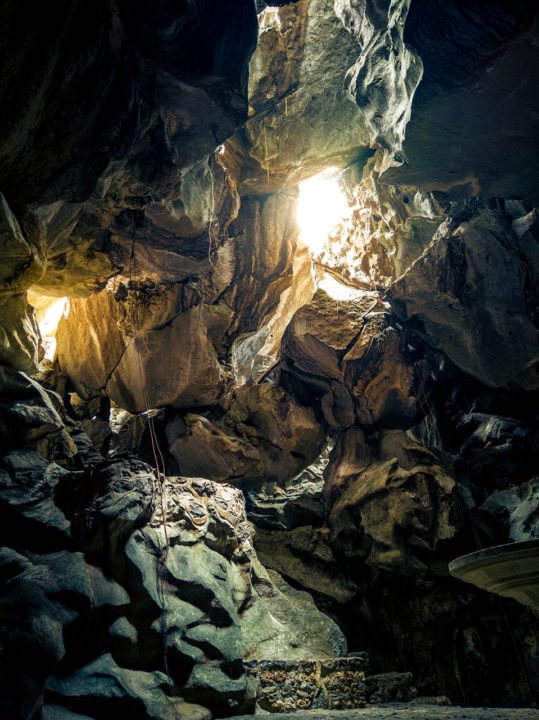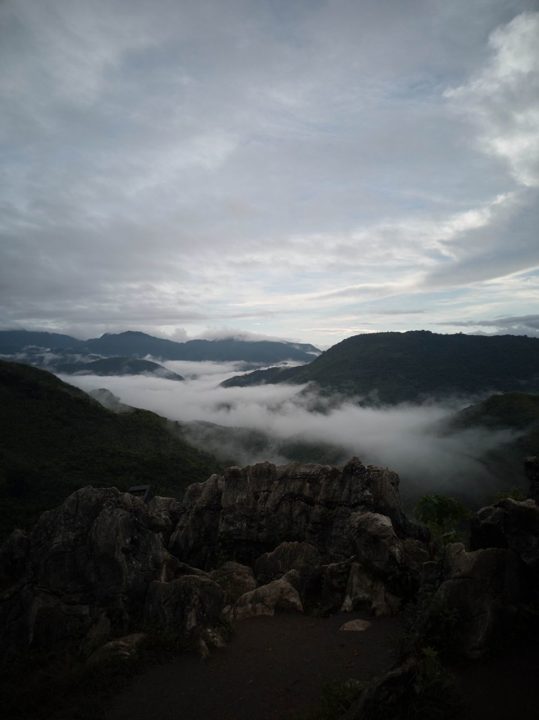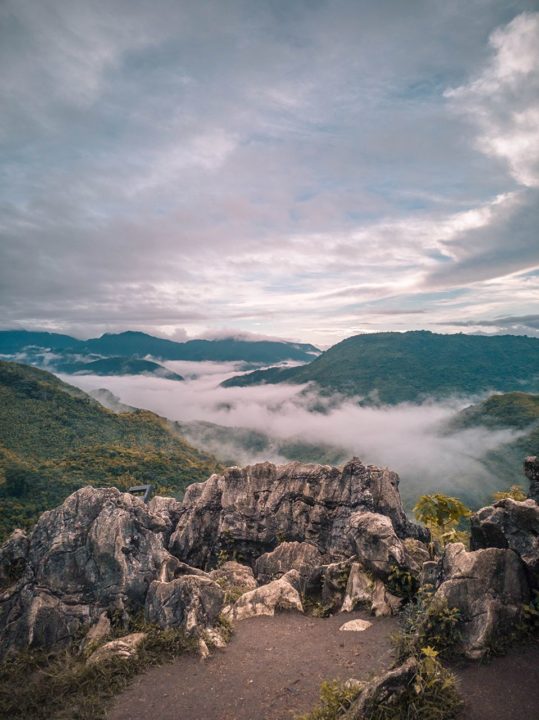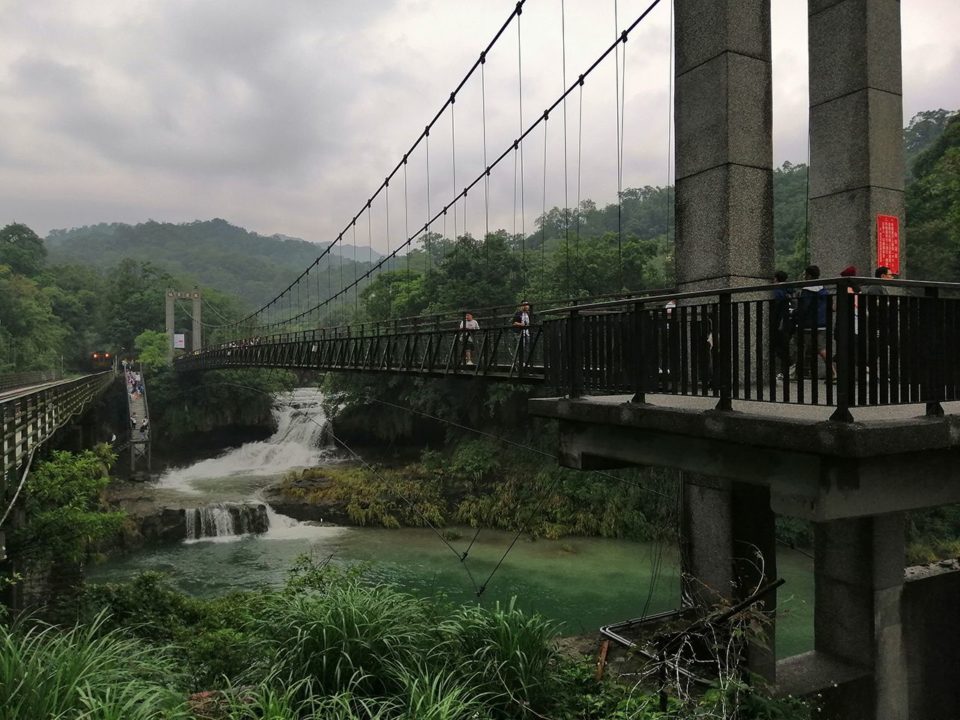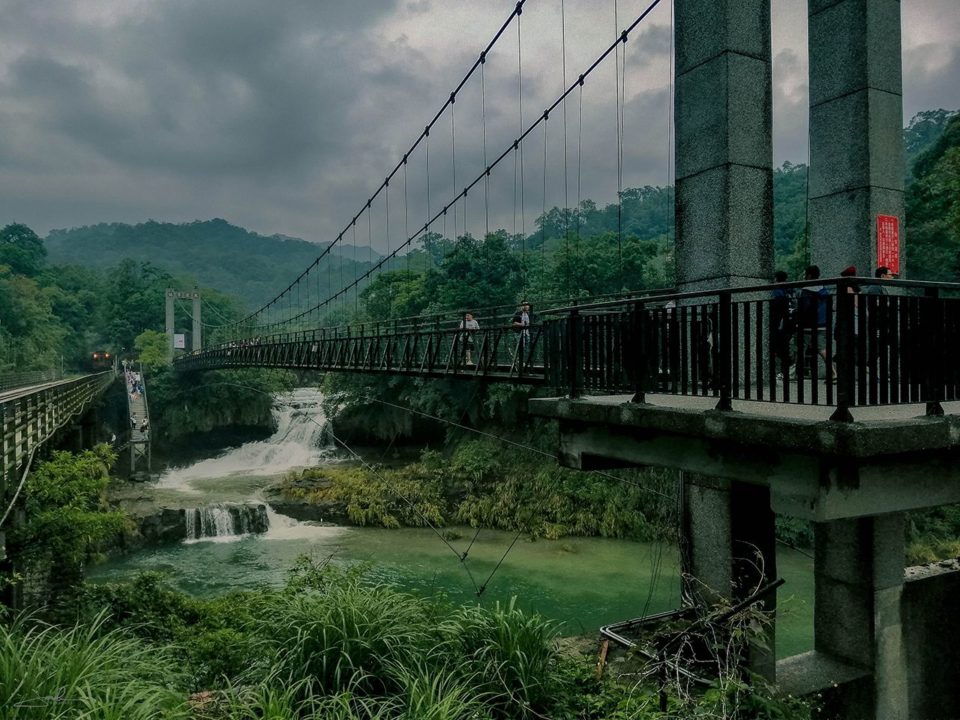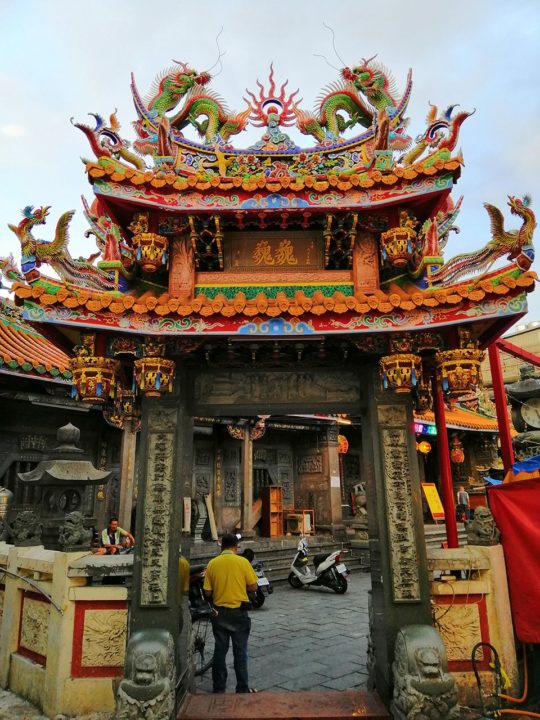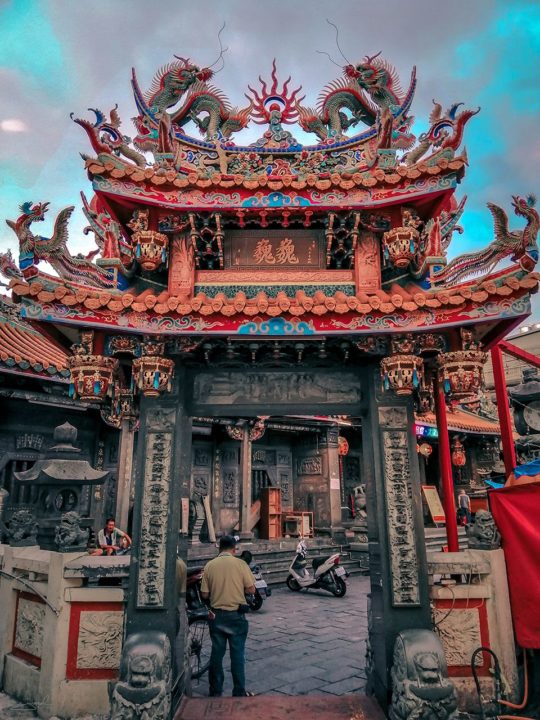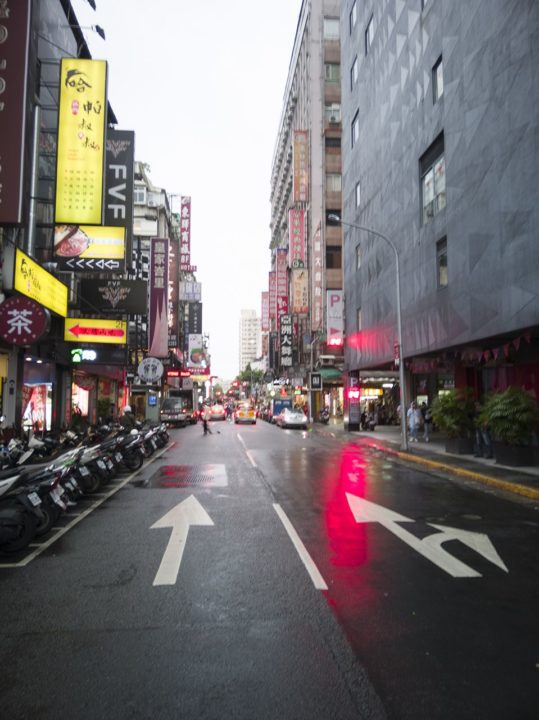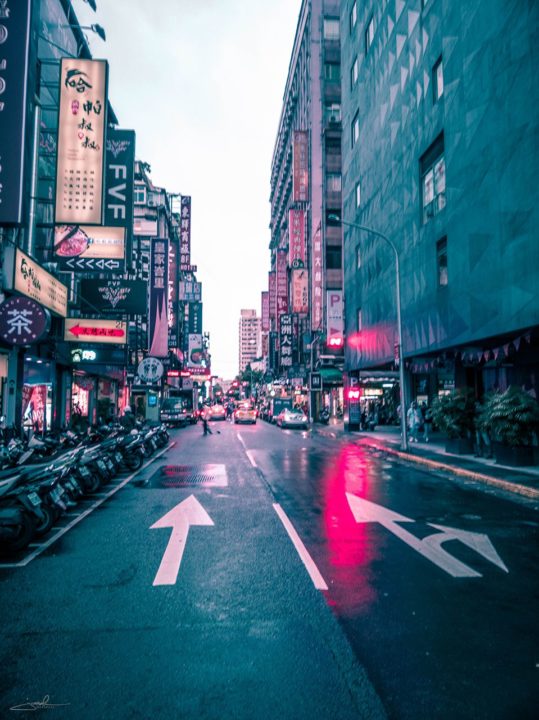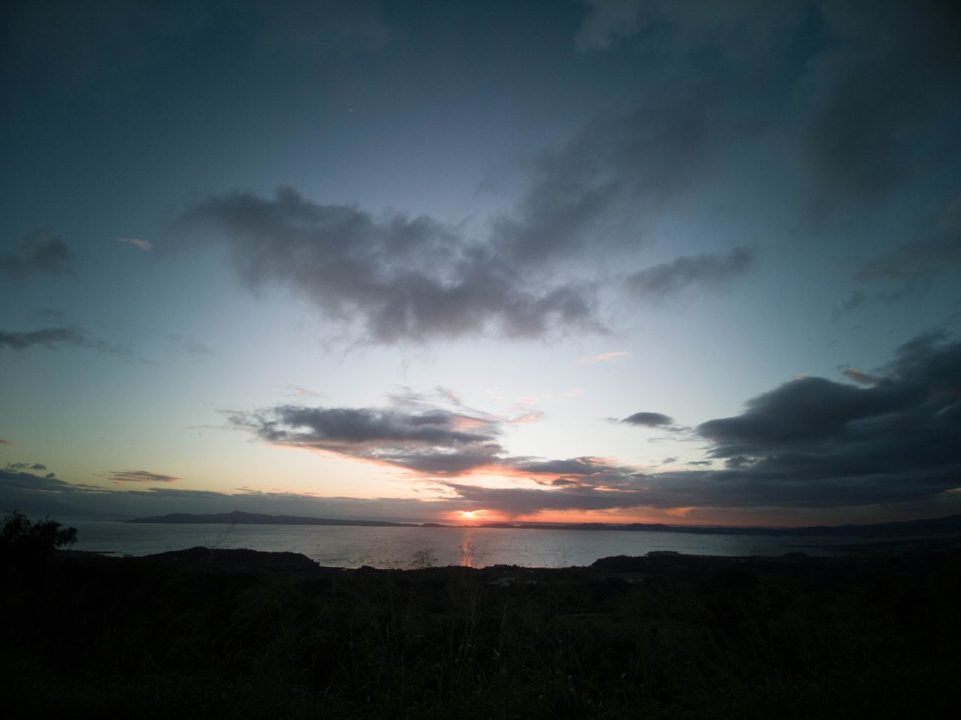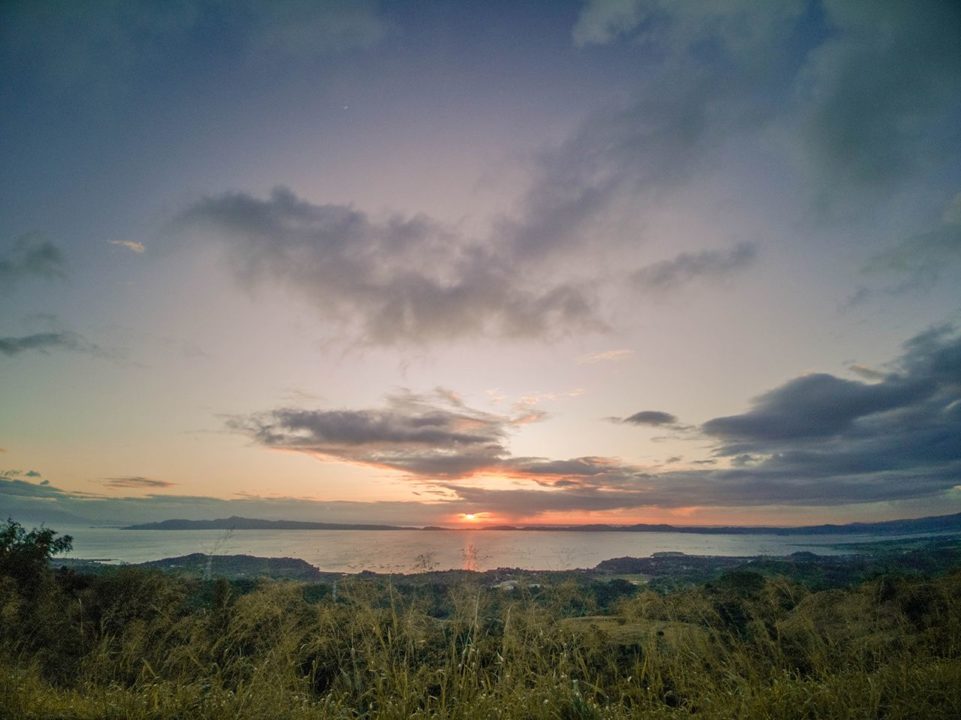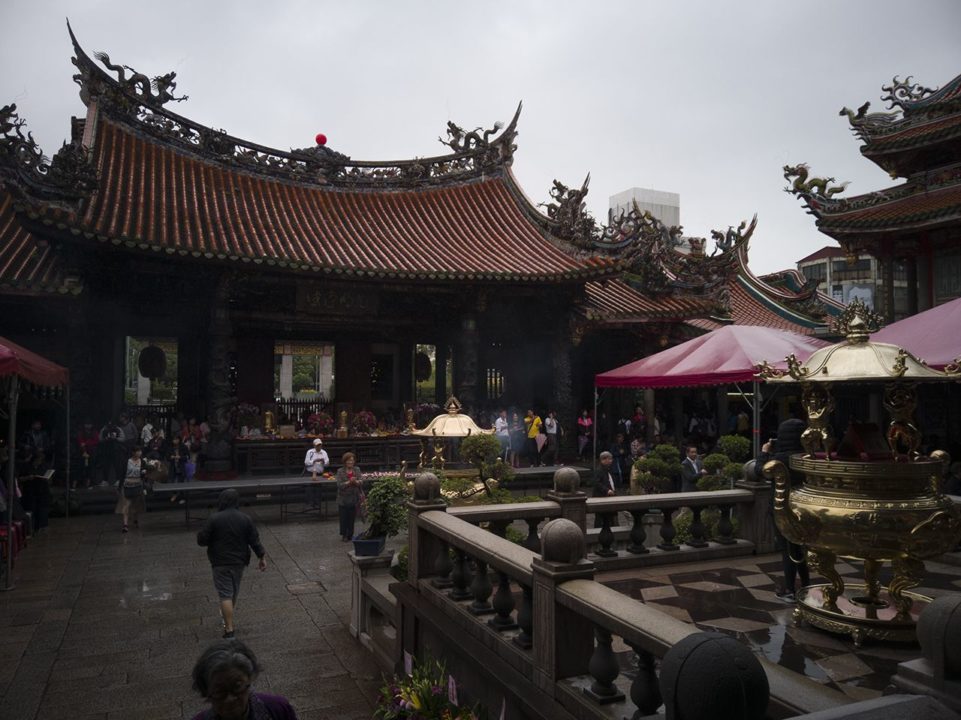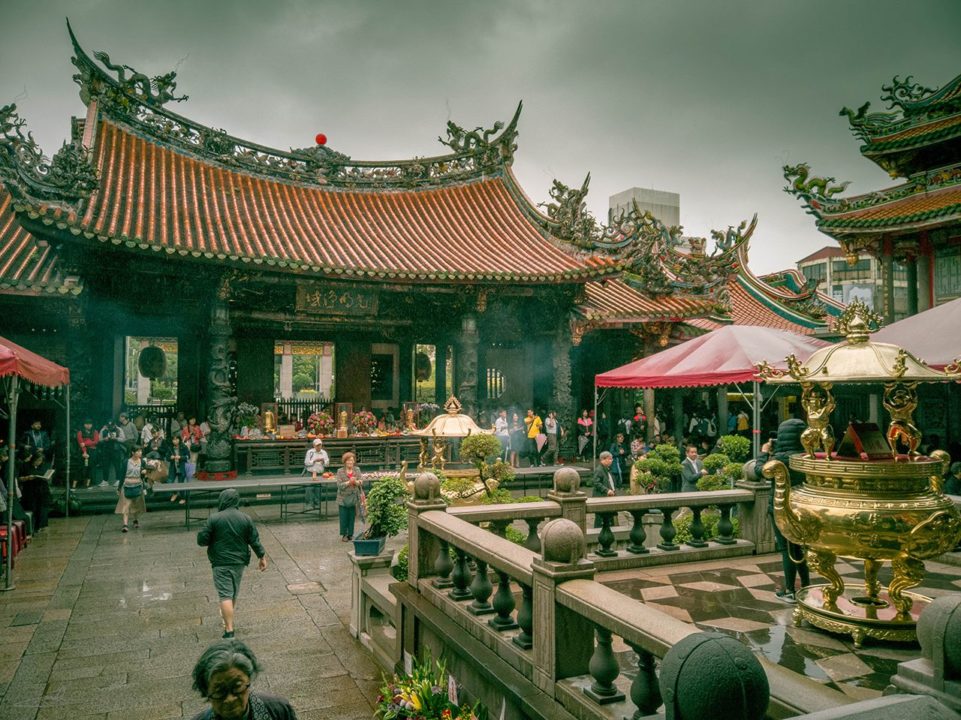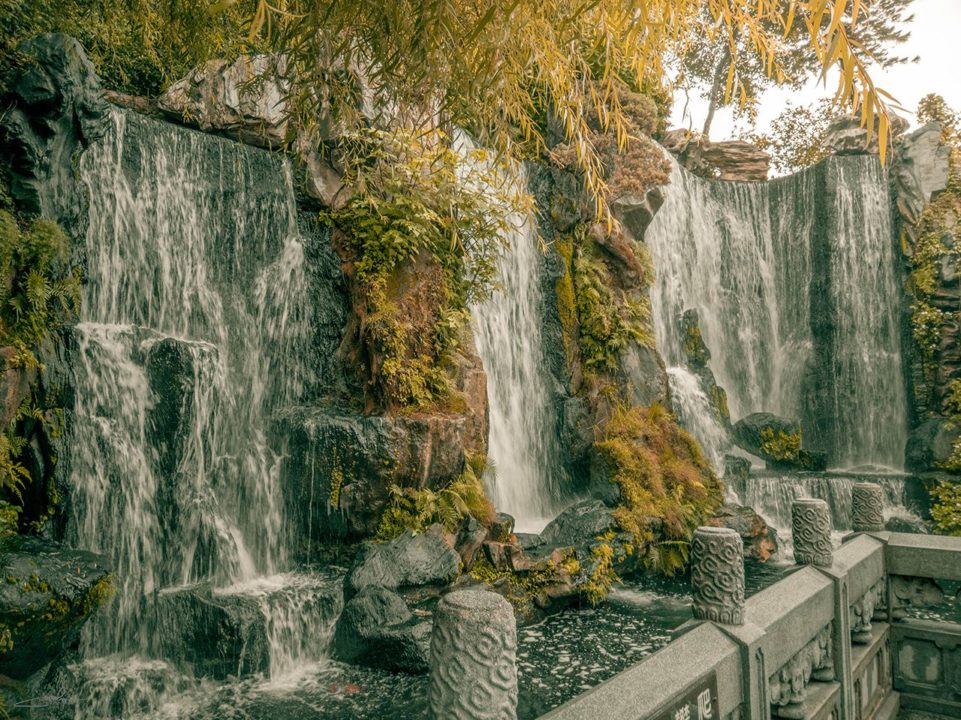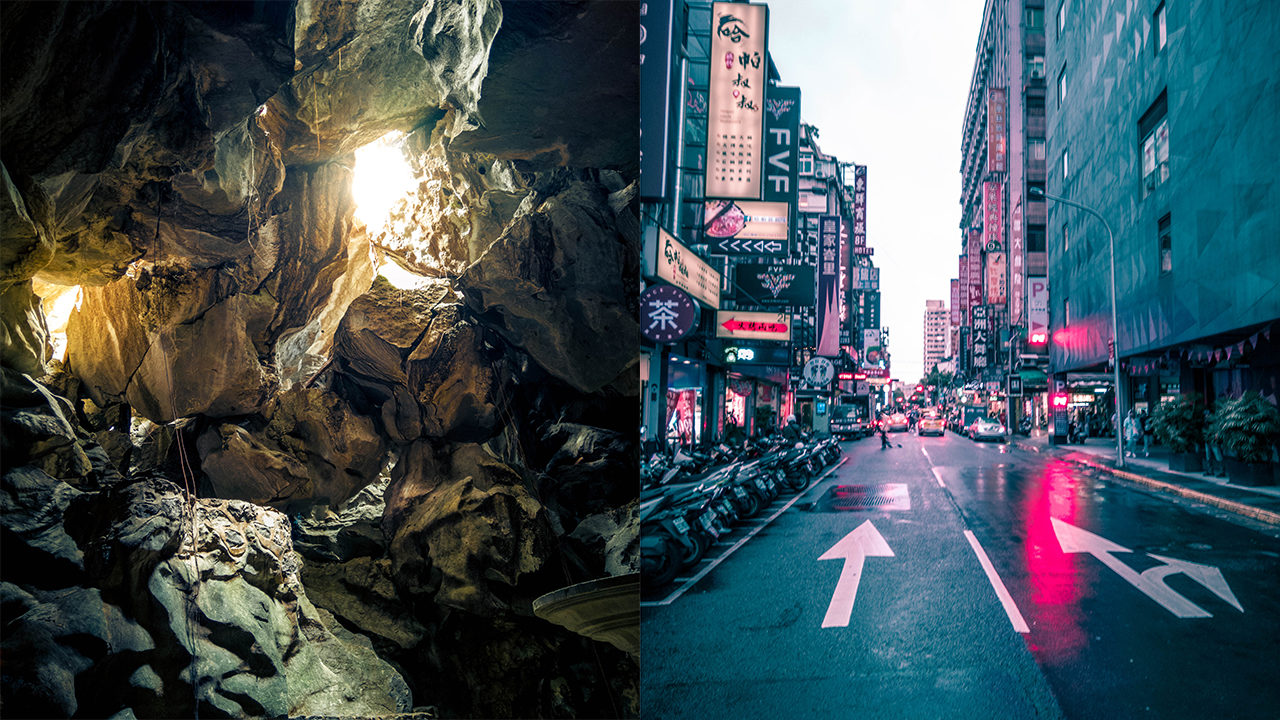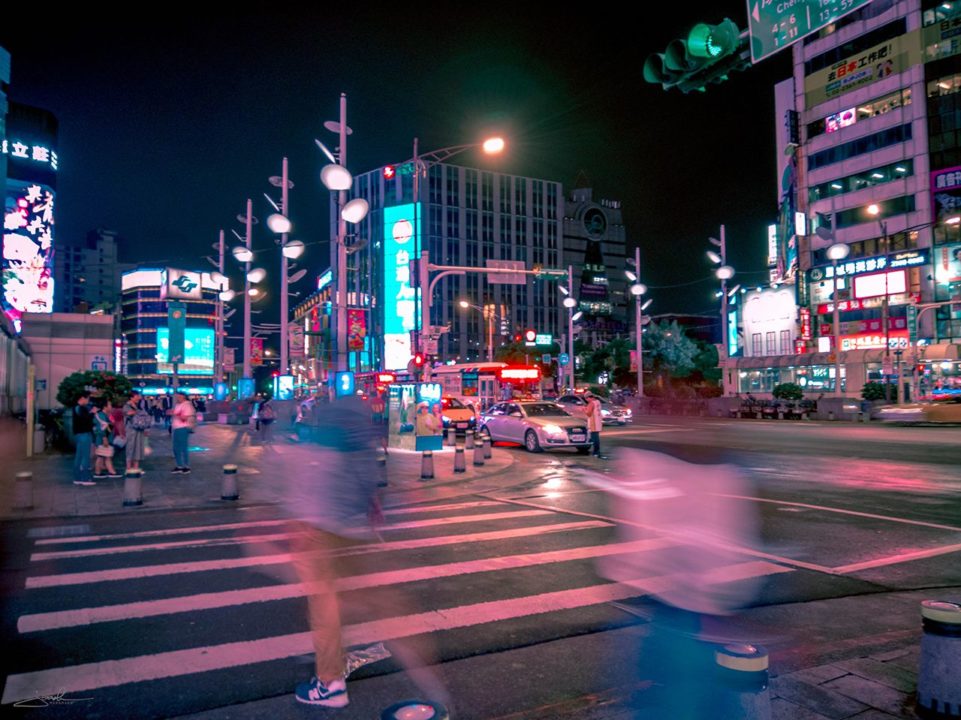From cars to cooking, to shopping, tech is in everything! So it’s no surprise that, in this day and age, we’ve got a handful of impressive high-tech beauty gadgets, too.
Apart from developing solutions and serums, the beauty industry has also been hard at work developing tools to ease the usual tasks of styling, cleansing, and more. And each year brings devices more sophisticated than the last. Here are some of our favorites.
Dyson Airwrap
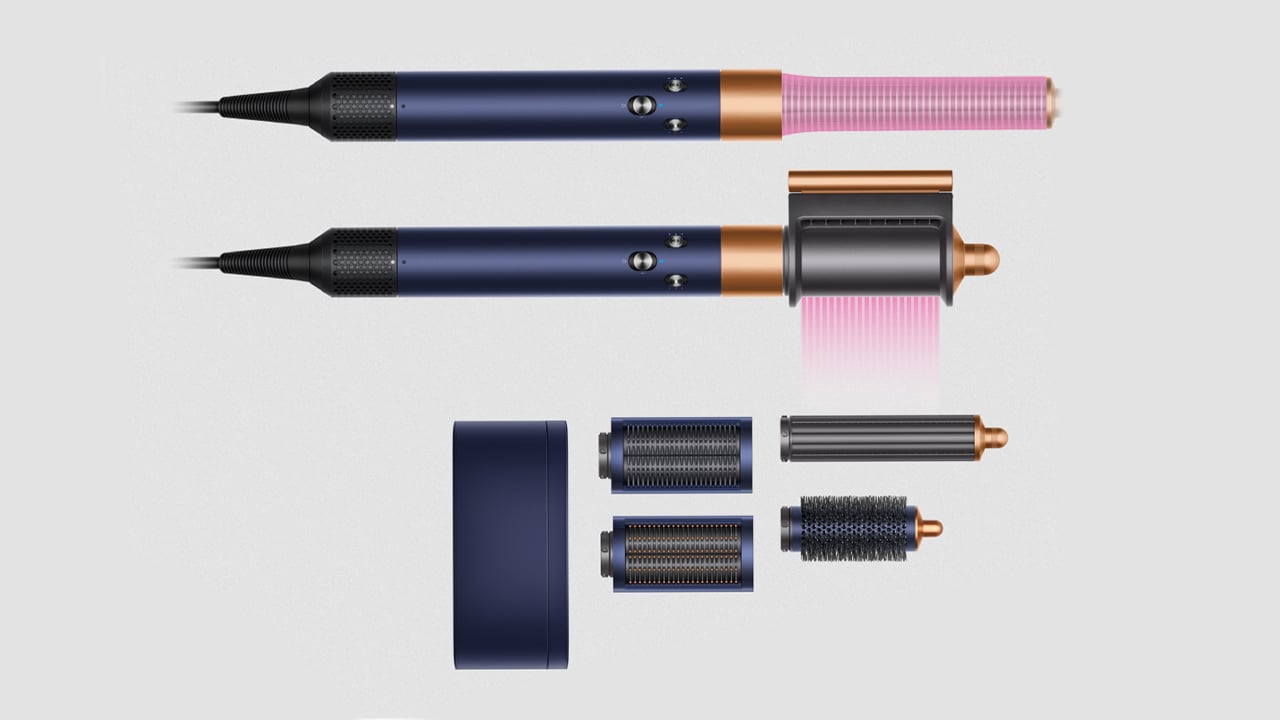
The ever-popular Dyson Airwrap tops the list for many reasons and honestly needs no introduction. For one, it’s a want for most of the ladies out there as his high-end styling tool uses controlled airflow to style hair without extreme heat, minimizing damage. It’s versatile too as it offers various attachments for curling, smoothing, and volumizing hair.
It doesn’t hurt that it’s so well-designed and comes in cute colors, too.
L’Oreal Steampod
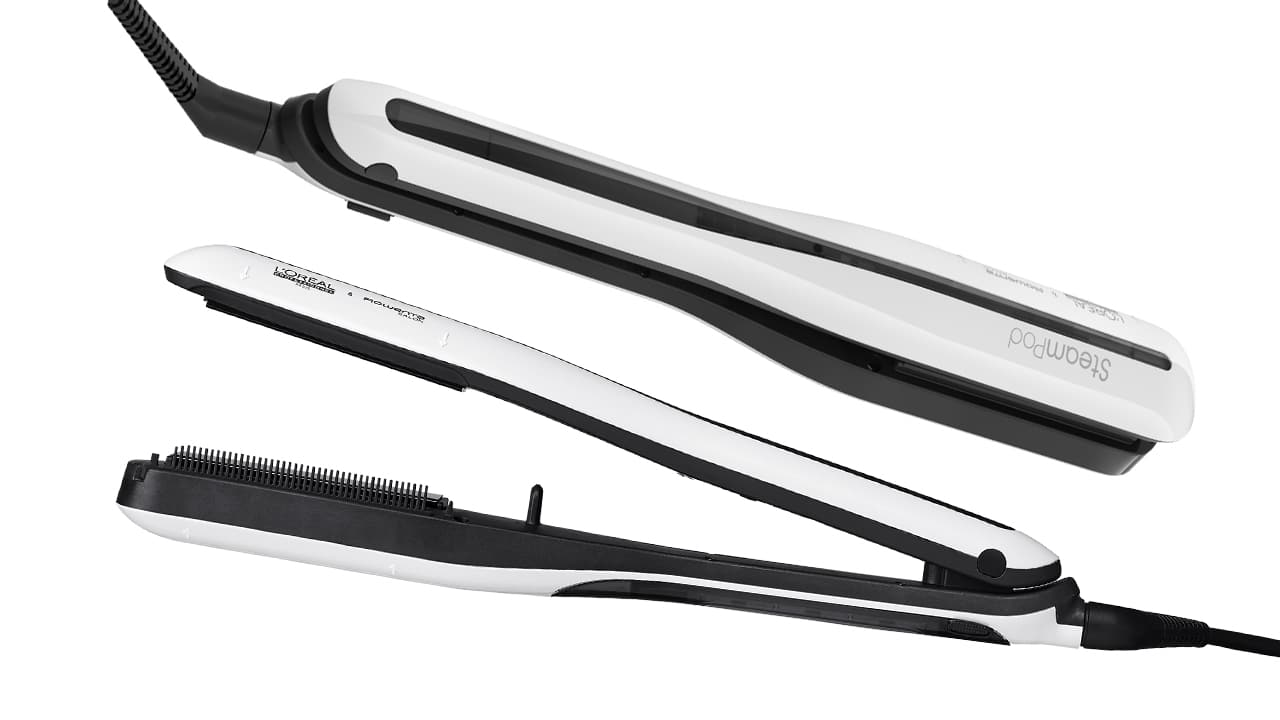
An alternative to hot heat styling is using steam and you can use this with L’Oreal’s Steampod. Unlike Dyson’s Airwrap, this straightener opts for steam technology to achieve sleek, straight hair while aiming to minimize breakage and frizz. It features adjustable temperature settings and a built-in comb for detangling while straightening.
Danisse Cordless Curling Iron
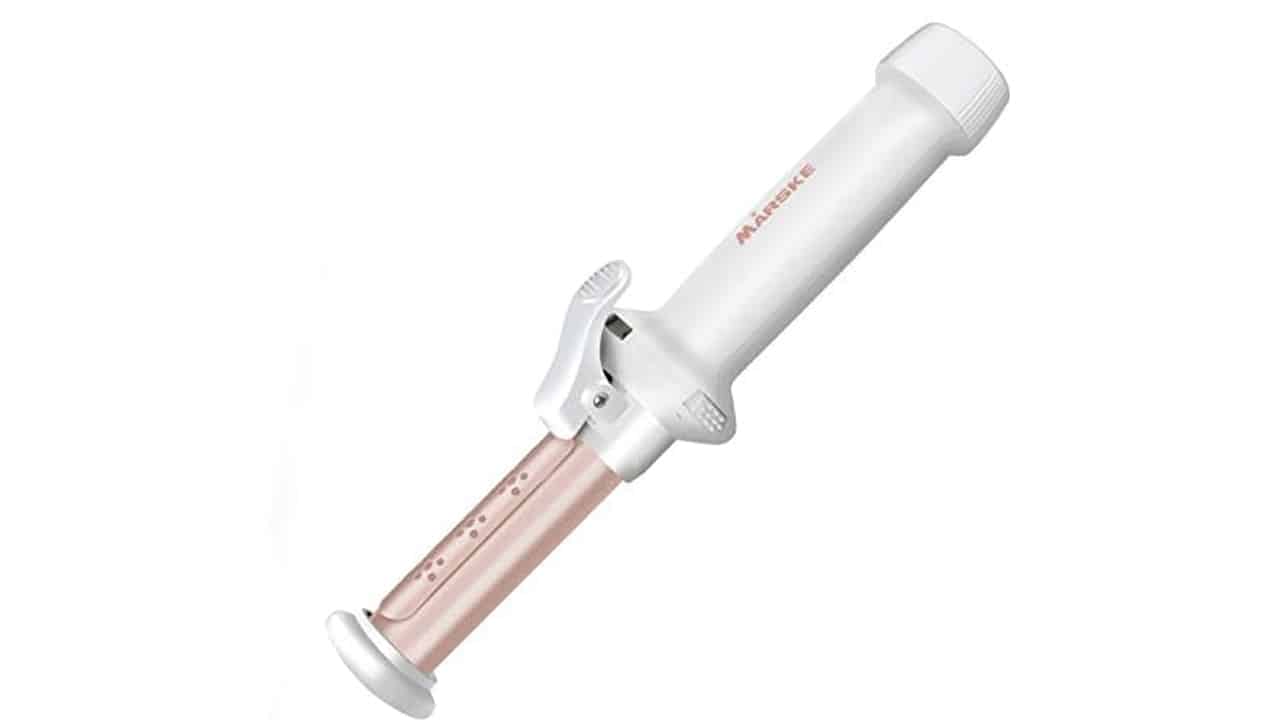
A favorite of many and often sold out, the Danisse cordless curling iron is a compact, battery-powered curler that charges via USB!
It supposedly heats up in just 30 seconds and comes with a 2500mAh battery that can be charged with a power bank if needed. The battey is supposed to last up to 45 minutes which should be just enough time to get your hair from drab to fab!
Foreo UFO 2
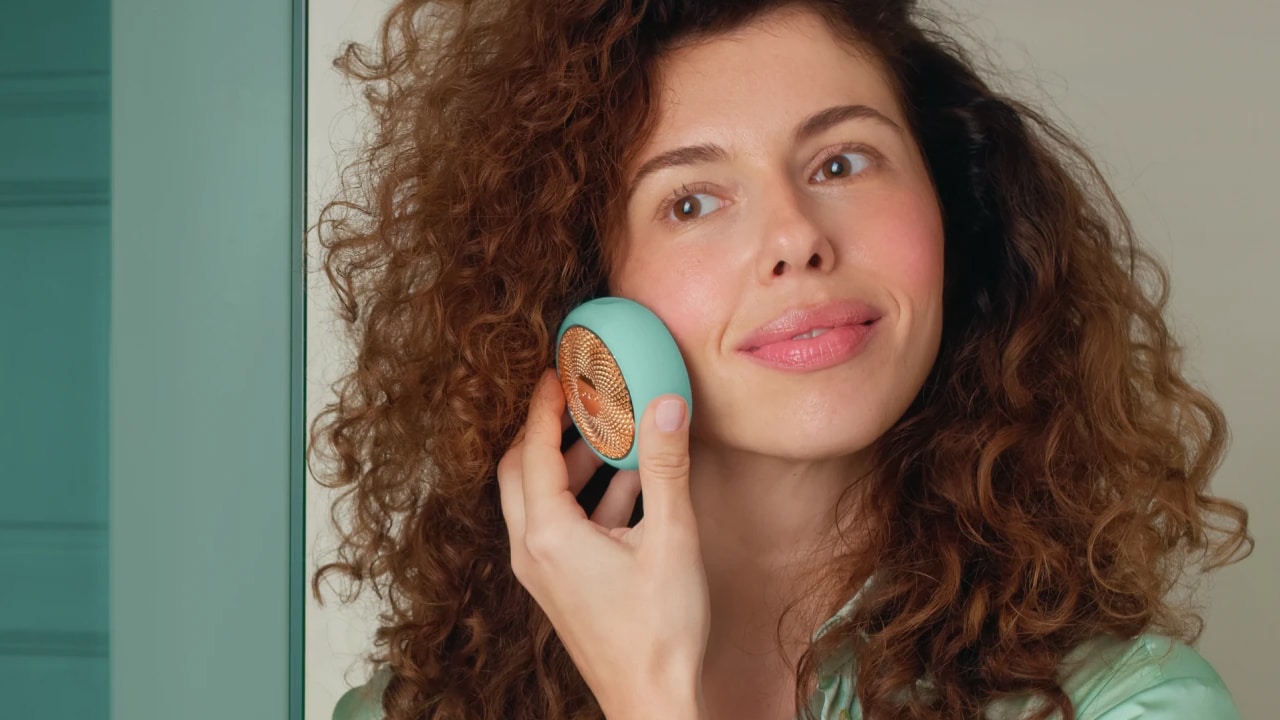
Foreo has long been breaking ground on advanced skincare tools and one of its latest releases is the UFO 3. This smart facial treatment device combines heat, LED light therapy, and cryotherapy to address various skin concerns. And being the modern device that it is, it connects to a mobile app for personalized treatment routines and progress tracking.
In the Philippines, however, only the UFO 2 is available at the moment.
Of course, if you want something simpler, cheaper, but still effective, you can always go for the basic Foreo Luna. I’ve personally been using it and apart from the calming effect of the facial massage, my skin always comes out so bouncy and clean.
This is because the Luna brush uses gentle pulsations to remove dirt, oil, and impurities, promoting deeper cleansing and a smoother complexion. It comes in various models suitable for different skin types.
Foreo Bear 2
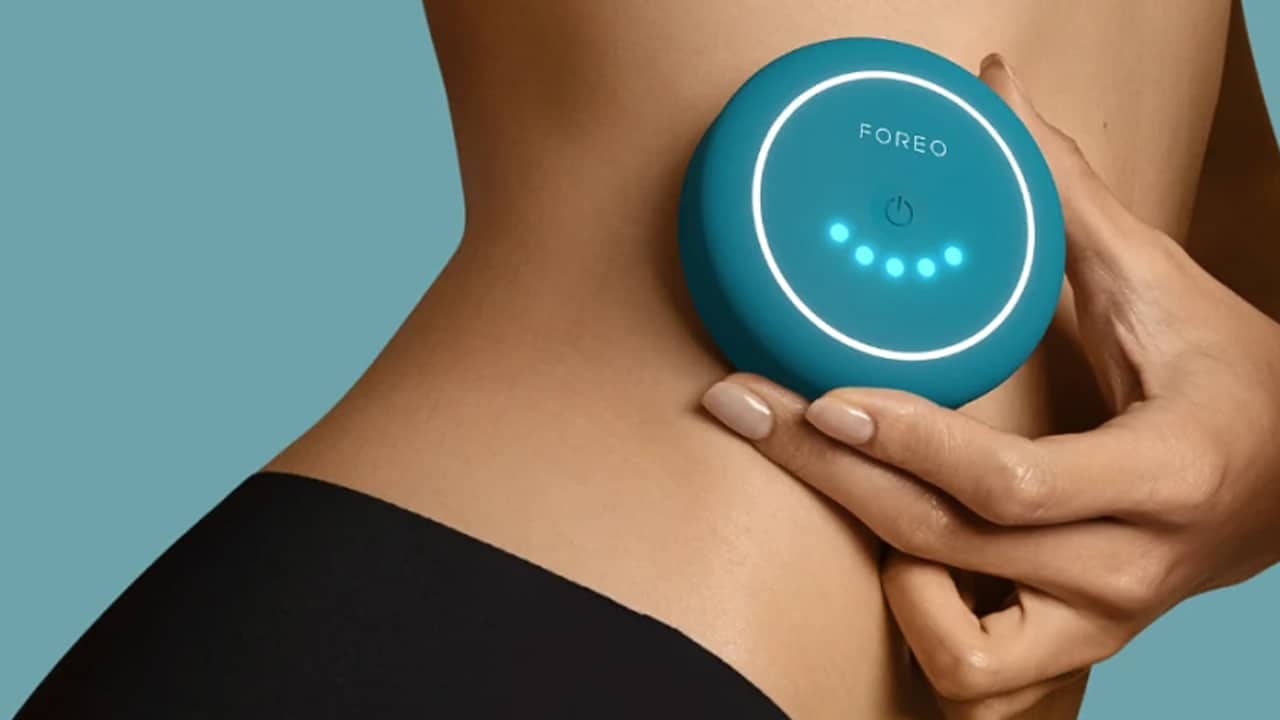
Yes, this is the third Foreo device on this list but it can’t be denied that the company makes good skincare products. The first two focused on facial cleansing but the Bear 2 is meant for body sculpting.
This innovative device is designed to improve the look of cellulite and achieve a smoother skin surface while diminishing fine lines and wrinkles. Harnessing the power of microcurrent technology, the Bear 2 Body and its T-Sonic massage function boost microcirculation and lymphatic drainage, delivering essential nutrients to skin cells and eliminating toxins.
SpectraLite DPL FaceWare Pro
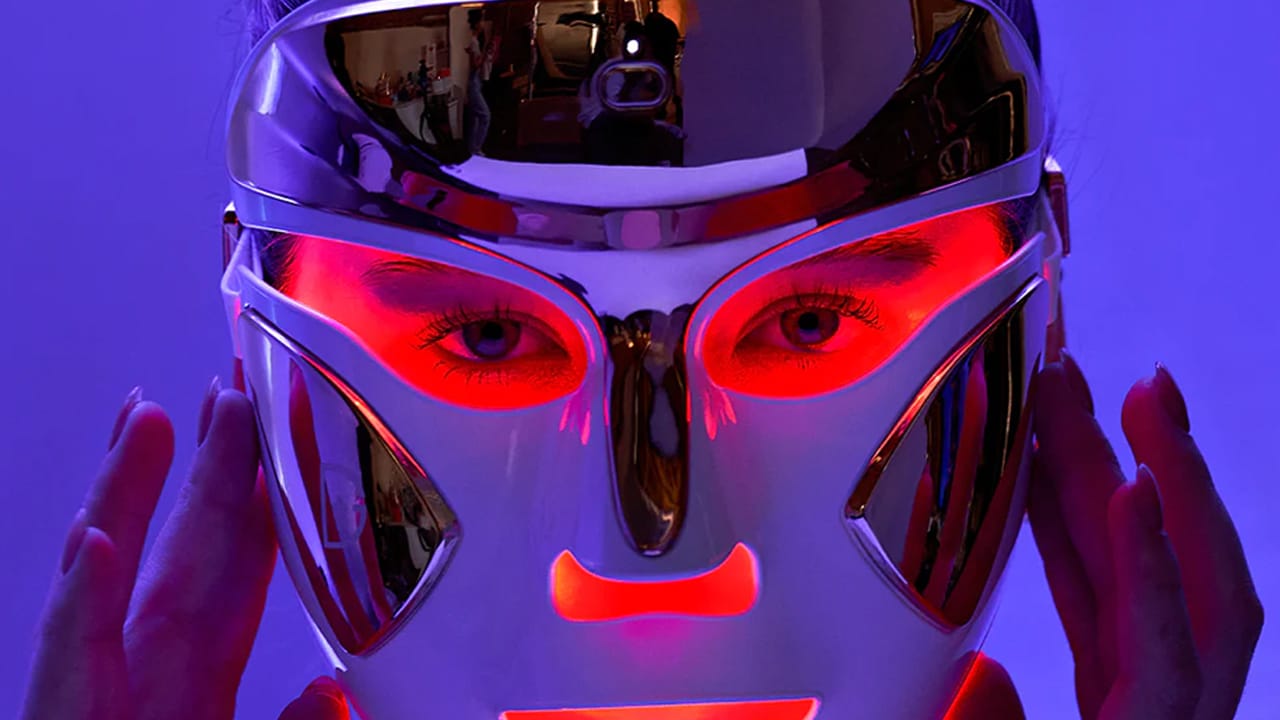
It looks high-tech, so it must be, right? A favorite among the upper echelon of beauty gurus and celebrities, the SpectraLite DPL FaceWare Pro device uses a combination of LED light therapy and broad-spectrum light to target various skin concerns, including wrinkles, acne, and sun damage. It aims to rejuvenate the skin and achieve a brighter, more even complexion.
In the same lineup, there’s also the SpectraLite LipWare Pro which acts similarly. It’s a lip care device that also uses LED light therapy to target fine lines, wrinkles, and loss of volume around the lips.
Alternatively and unsurprisingly, Foreo also has its own, more interesting-looking version that’s currently available in certain regions at the moment.
Medicube Age-R Booster H

This handheld device takes on a non-invasive approach to skincare by utilizing radiofrequency technology to target wrinkles and stimulate collagen production, aiming to achieve a more youthful and lifted appearance.
It utilizes electroporation technology, which creates temporary pathways in the skin, aiming to enhance the absorption of skincare products. This technology distinguishes it from traditional massagers or facial rollers.
RevAir Reverse-Air Hair Dryer
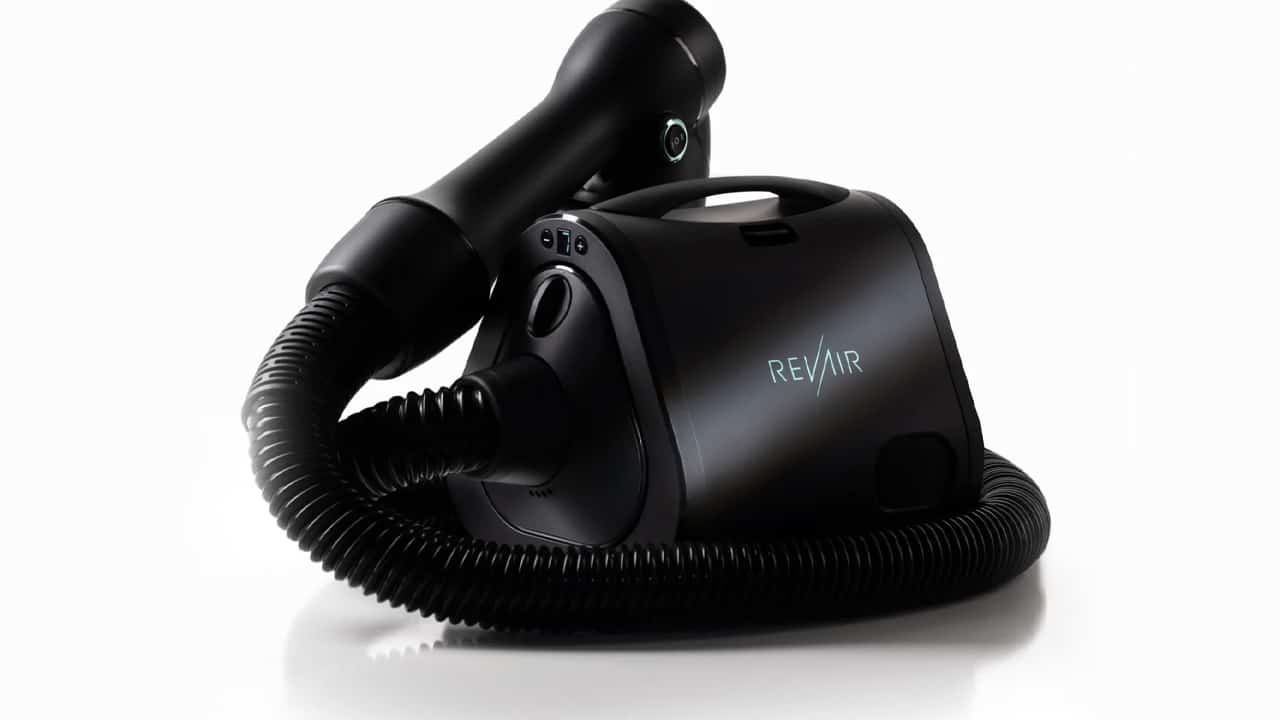
A reverse air hair dryer? What’s that you may be asking?
Unlike traditional hair dryers that use hot air to blast hair dry, RevAir utilizes a unique technology called reverse airflow. This technology sucks hair upwards into the wand using suction, gently drying it from within.
It claims to be the only one-handed, tear-free, mom-approved, wet-to-smooth dryer in the world and is the only hair tool that can also dry extensions, twist-outs, braids, locs, and wigs in half the time.

